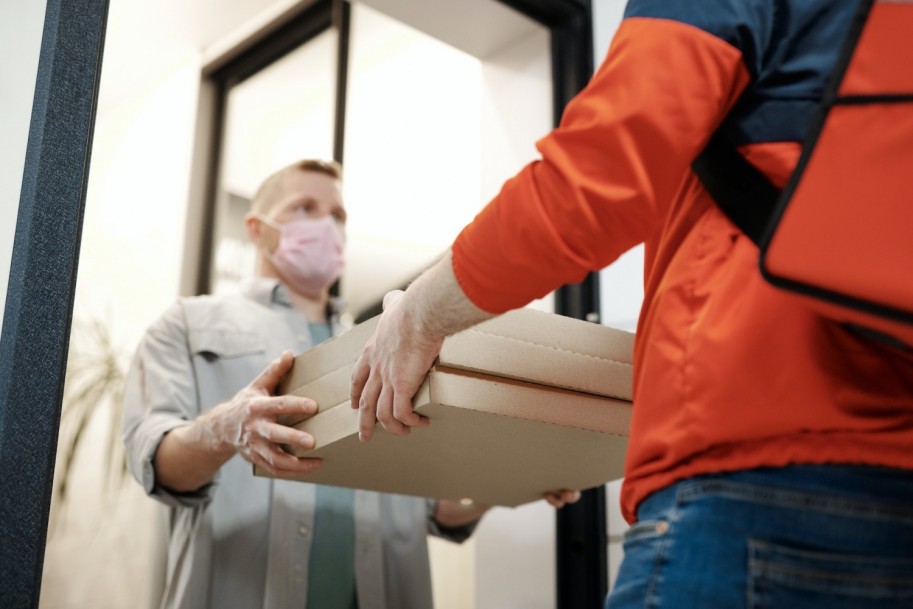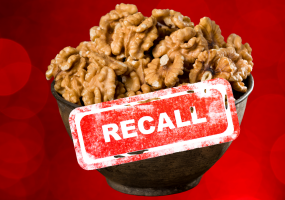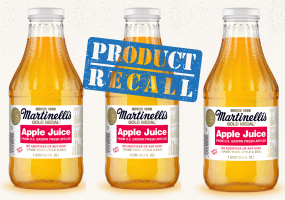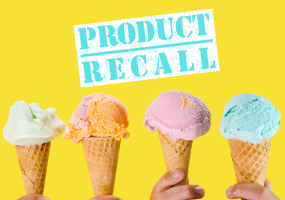
Your customer has been anticipating ordering from your restaurant all day on Friday. They quickly order delivery online for a night on the couch. After 45 minutes, they meet the delivery driver and sit down to eat, expecting a hot meal, only to find a lukewarm one. You probably delivered hot food improperly.
Customers hate receiving cold takeout or delivery meals. In a First Orion food delivery survey, 36% of respondents listed "cold food" as a top customer service issue.
Food safety and customer satisfaction depend on hot food delivery. The FDA recommends 140° F for hot food to prevent bacteria growth. Your restaurant's out-of-temperature food puts customers at risk.
Hot food delivery has many methods. Much can affect better food insulation, vehicle-specific feature planning, area-specific route planning, and delivery prioritization.
When delivering food, how can it be kept fresh? Here are some tips.
5 Tips for Transporting Food Safely and Freshly
Investing in immaculate materials and keeping safe temperatures throughout transportation are two of the most important ways to guarantee superb meals for your clients. If you want to know how to keep food fresh for delivery, read these five recommendations.
1. Always be there, alert, and in control
Maintaining vigilant vigilance over the transportation process is crucial to ensuring that food is always fresh. By paying great attention to what the consumers want, problems may be fixed before the dish is even prepared. Extended delivery times for frozen meals may be mitigated by including additional ice packs.
If you know in advance that a certain item looks odd, you may avoid receiving a shipment that doesn't match your expectations for freshness. Here are some tips for determining whether or not an item is of high quality:
● irregular coloring
● Frozen delicacies with large ice crystals
● Products that have been spoiled
● Damaged, soiled, or blemished shipping containers
● Expired food due to tampered seals
● Traces of bugs, such as droppings
● Ice melting on frozen objects
● Dates beyond their prime
● Dry food container with moisture stains
● Fatty or fishy-smelling meat or poultry
Don't rush into outsourcing your delivery services; once the food leaves your control, you have no way of knowing how it was handled. Keeping your clients in the loop on the status of their food deliveries is essential for maintaining high standards of efficiency and quality and meeting their expectations.
2. Spend money on things that will last
Purchasing the greatest quality items may incur more initial costs, but they will end up saving money in the long term. Investing in high-quality packing, such as: will save you time and money by preventing the need to repeatedly remake and refund orders due to expire or low-quality products. You can buy high-quality items on the McDonald Paper website or by visiting the offline showroom in Brooklyn.
● Strong containers.
● Consistently frozen areas.
● High-quality bubble wrap.
● Container partitions.
● waterproof containers for food storage.
3. Maintain hygiene and cleanliness.
Your vehicle must be in compliance with all regulations for transporting perishable foods to guarantee that your meals arrive in perfect condition. When carrying meals in a vehicle, following these standards for hygiene may help safeguard the food:
● Don't let your car become too stinky; it might have a negative impact on the quality of your goods and the credibility of your company. Smoke permeates everything from clothes to cardboard boxes, especially in the winter. Maintain a clean and sanitary fleet of delivery vehicles: Make a plan for how frequently you will clean each car and keep a cleaning checklist handy.
● Be sure food packaging is spotless before sending it out: Make a favorable impression on customers with your packaging before they ever see the meal. Customers may be wary of purchasing food that has any visible signs of dirt, markings, scrapes, holes, or other flaws.
● Instruct your employees in the art of tidiness: Before someone even starts working with you, you should talk about the need of regular sanitation procedures with them. All of their duties, from washing their hands to cleaning their vehicles to inspecting food, should be second nature to them. Make sure even long-term staff are still following these guidelines by outlining them early on and giving them periodic refreshers. Keeping your business, delivery trucks, inventory, and employees spotless is critical to maintaining happy patrons.
4. Keep Food at a Safe Temperature
Maintaining a safe and fresh food temperature during preparation and transport is crucial. For more than two hours, food may be unsafe to eat if it has been left in the "Danger Zone" of 40 to 140 degrees Fahrenheit. This meal has the potential to make you ill due to the presence of microorganisms.
Keep your food safe by following these temperature guidelines:
● Deliver hot dishes at 140 degrees Fahrenheit or above to ensure they stay hot throughout transit. Maintain the temperature of your food using insulated bags and heat packs or a portable food warmer. Maintaining heat may also be accomplished by packing hot items separately from cold foods and turning off the air conditioner in the car.
● The only notable exception to this is ice cream, which should be delivered between 7 and 10 degrees Fahrenheit. Cold packs and insulated containers help maintain food temperature.
Additionally, don't rely solely on the car's thermometer. Use your own accurate thermometer to double-check the temperature. To maintain food temperature, use food thermometers and a refrigerator.
5. Deal with Issues Instantaneously
Finally, any issues with food freshness or safety must be dealt with immediately. If you don't fix the issue, you risk losing the customer.
We advise starting with your own employees to solve the issue. Explain what happened and how it will be prevented. Having a strategy in place emphasizes the significance of the norms that everyone must adhere to.
Next, discuss the issue with the client. Describe the issue and assure the listener that you are working diligently to find a solution. If you care about your business and customers, you'll address the issue and let them know what you're doing. If they think you'll fix it, they'll hire you again.
In the face of difficulties, express thankfulness. Make good on any broken promises by offering replacements, refunds, or coupons.
However, we're human and can make mistakes. The best method to ensure that similar problems don't arise again is to adopt new procedures. Don't give up hope if anything goes wrong with the delivery. Consider it a valuable lesson for your future self.
* This is a contributed article and this content does not necessarily represent the views of foodworldnews.com









